When Artworks Speak
Follow our provenance researchers in the audio guide and learn more about the project, the cases investigated and those still open.
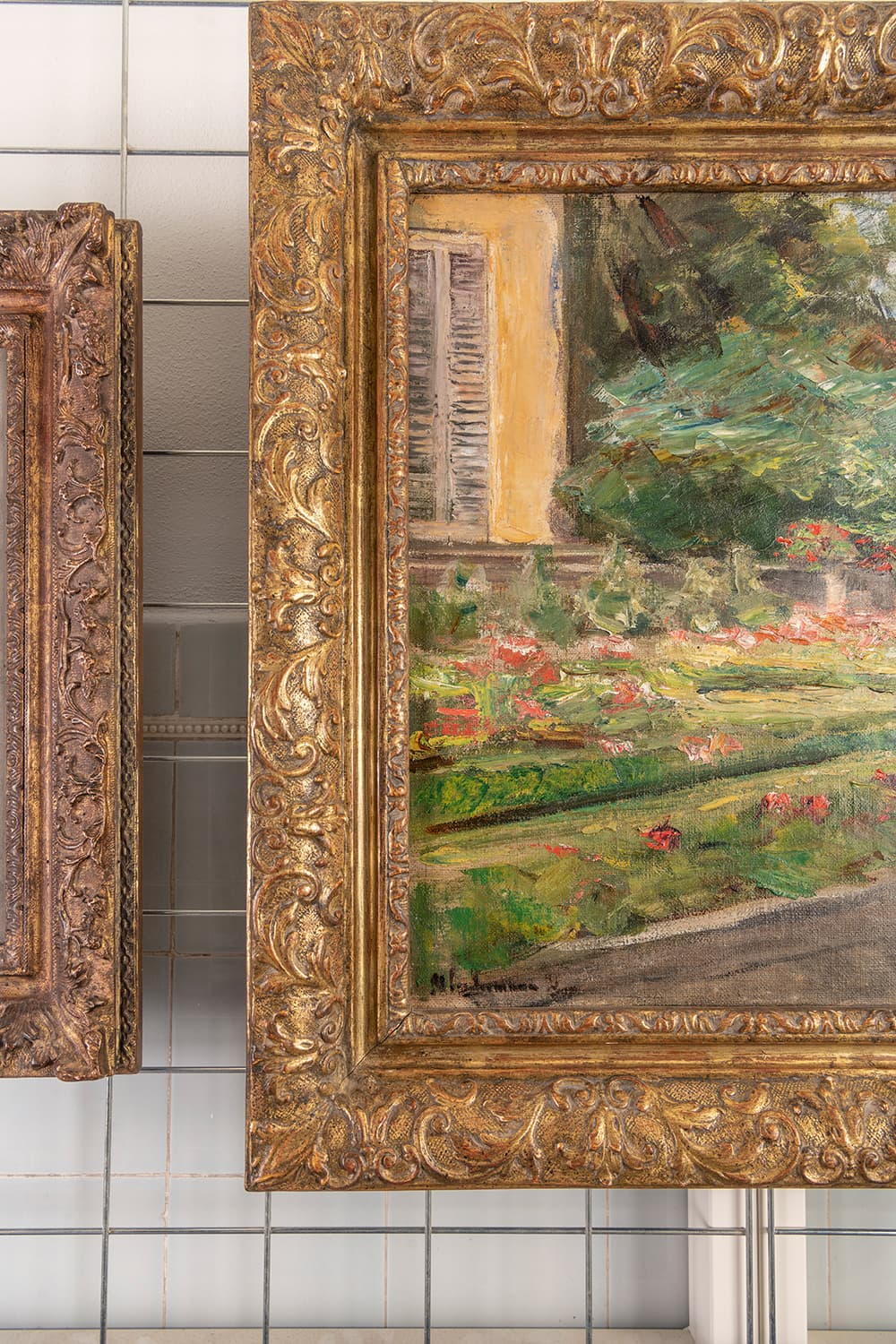
Introduction
Our provenance researchers will first give you an insight into their work practice. Let us begin with some core terms of provenance research: What do we mean by “cultural property”, “cultural property seized due to Nazi persecution”, and “compensation”?

Sources and Tools for Provenance Research
To research the provenance of an artwork, that is its ownership history, the starting point is the object itself. At the beginning of our project, we did a thorough inspection of each work. For a total of 150 objects, including oil paintings, works on paper, books, and print portfolios, we took measurements and looked closely for indications of provenance.
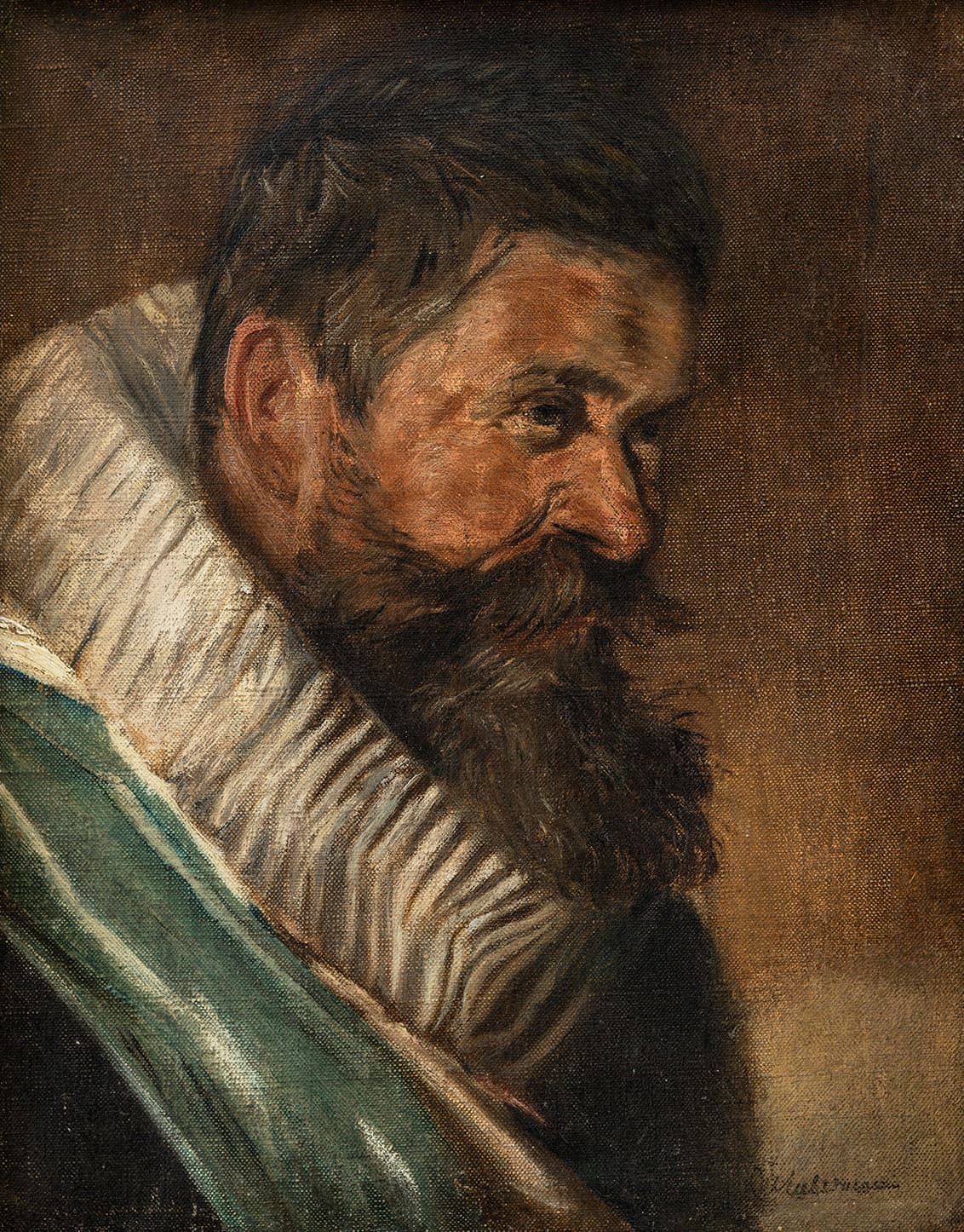
"Fair and Just Solutions"
After the so-called Washington Declaration of 1998, appropriate solutions for Nazi-looted art were meant to be found by the parties involved. The “Washington Principles” are an international declaration of intent which is however not legally binding for individual states.

Genealogical Research supporting Provenance Research
Family trees are a key tool in provenance research. In cases of suspected Nazi looting, genealogical research can assist in reconstructing the circumstances of ownership and in identifying rightful heirs. In the course of our research, we looked for previous owners and other key persons involved in a change of ownership. For initial enquiries we used platforms for orientation such as www.ancestry.de or www.geni.com.
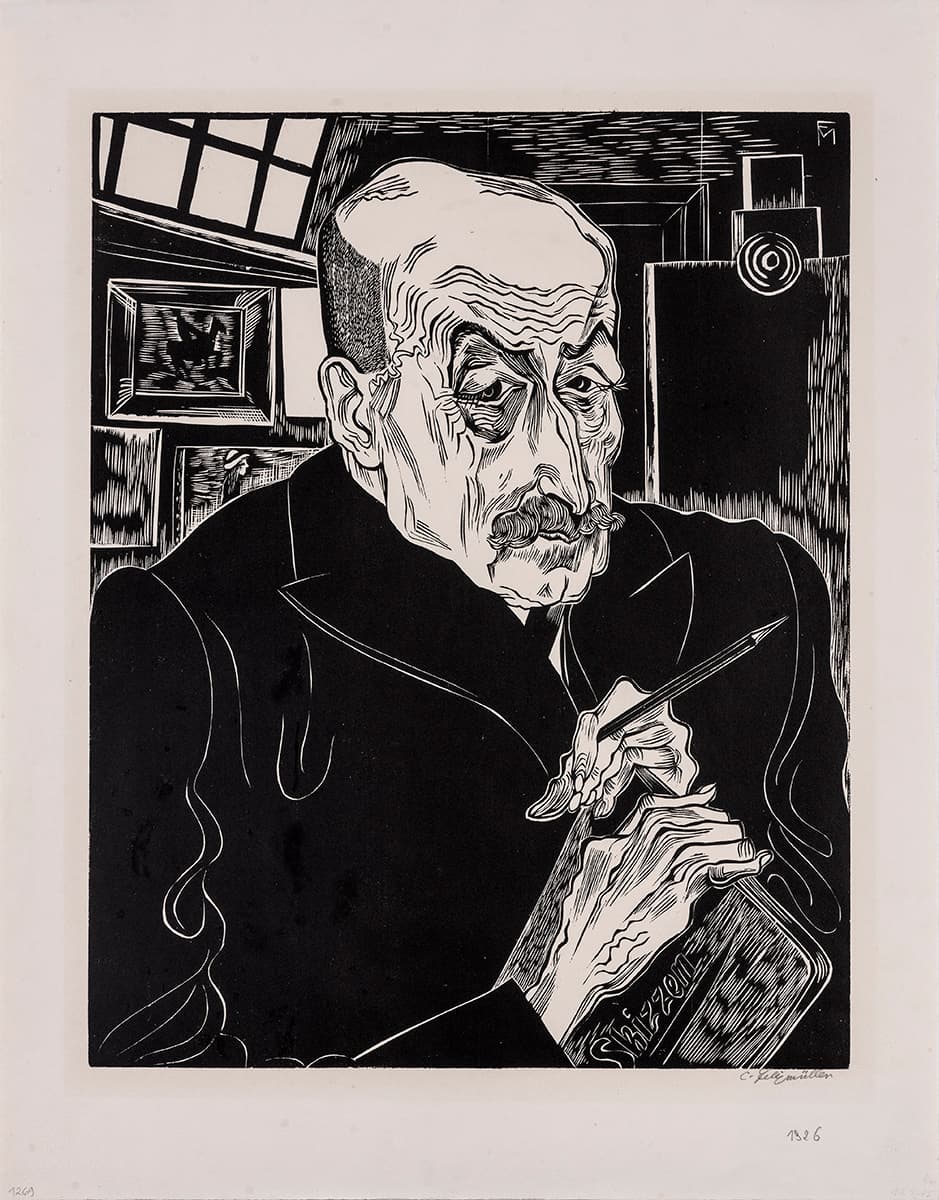
In Liebermann’s Own Words
As the sitter of this highly expressive portrait by Conrad Felixmüller, Liebermann expressed heartfelt gratitude to the artist. We quote from Max Liebermann’s thank-you note dated 6 February 1926 to his younger fellow-artist.
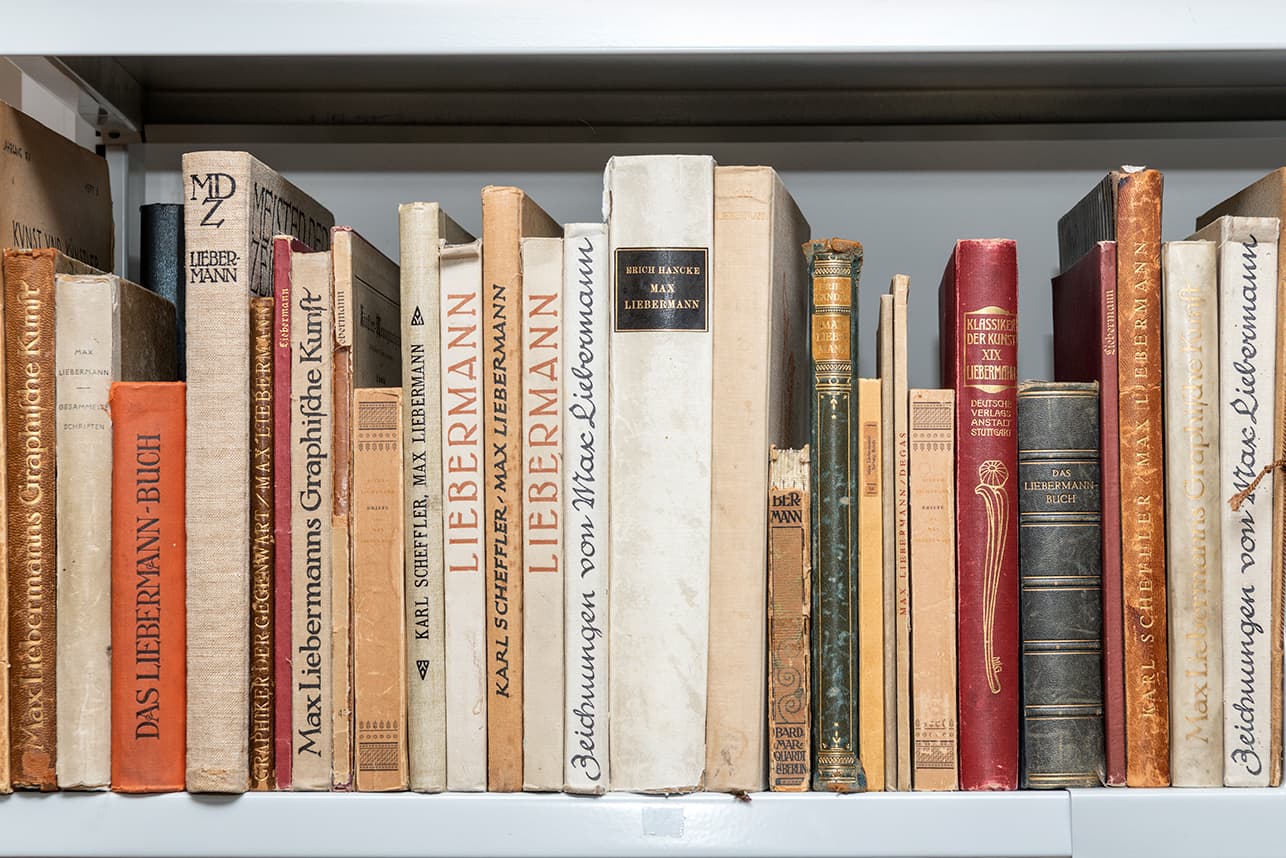
Provenance Research of Books and the Provenance Researchers’ Association
Apart from paintings and works on paper, provenance research also investigates the ownership history of books. The entirety of Nazi loot in public and private German collections today includes enormous amounts of books. Their non-unique character presents a particular challenge. Copies can often be identified only if they are annotated, and if annotations are legible. Stamps, hand-written notes, or exlibris may also point towards rightful owners.
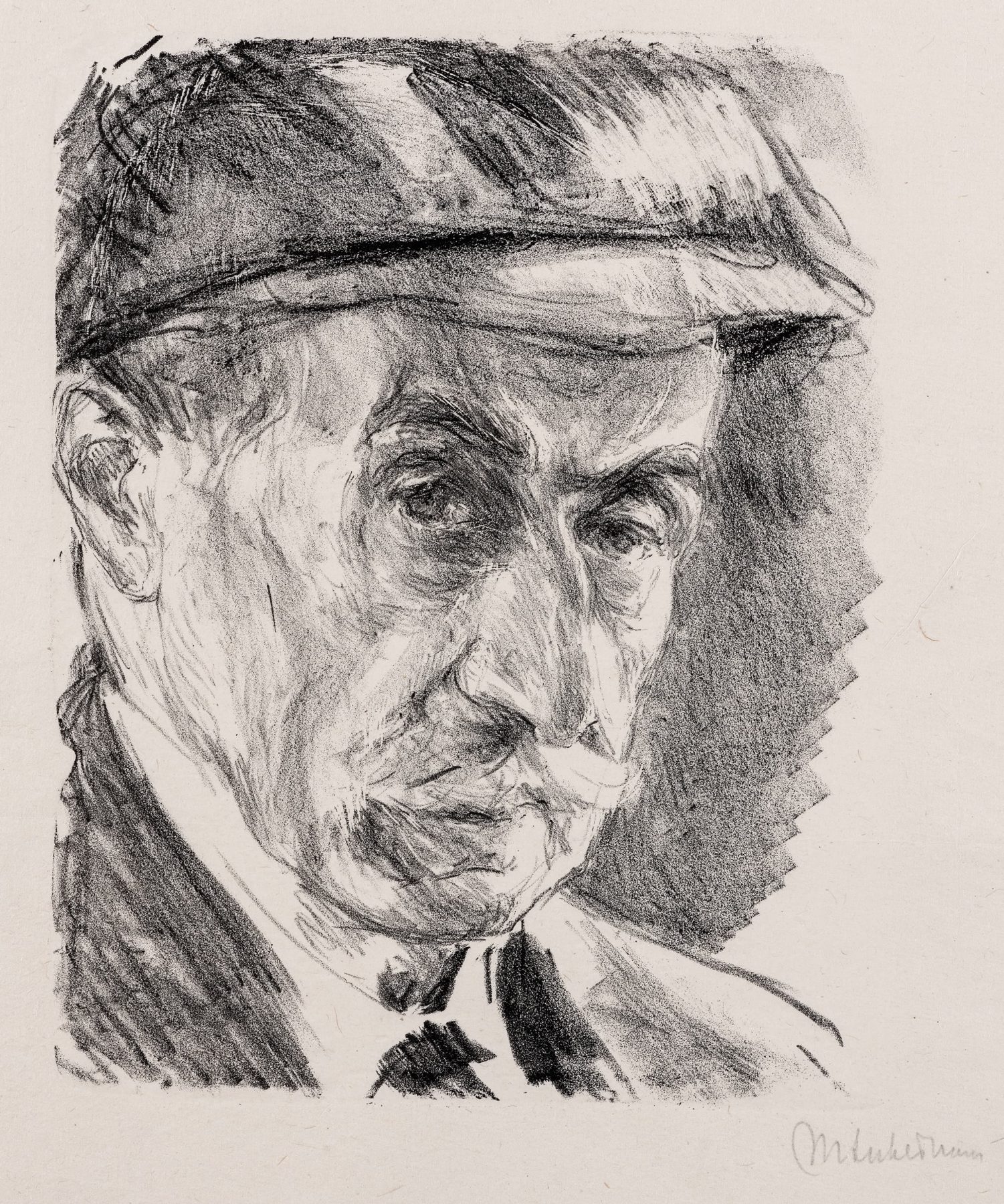
The Cassirers and Liebermann
The cousins Bruno and Paul Cassirer opened their eponymous art gallery and publishing house on 1 November 1898 in the Tiergarten district of Berlin. Their salon became one of the most important trailblazers to establish the art of Max Liebermann on the German art market. In the gallery, he had the dual role of artist and collector, as he bought works for his own collection of French Impressionists.
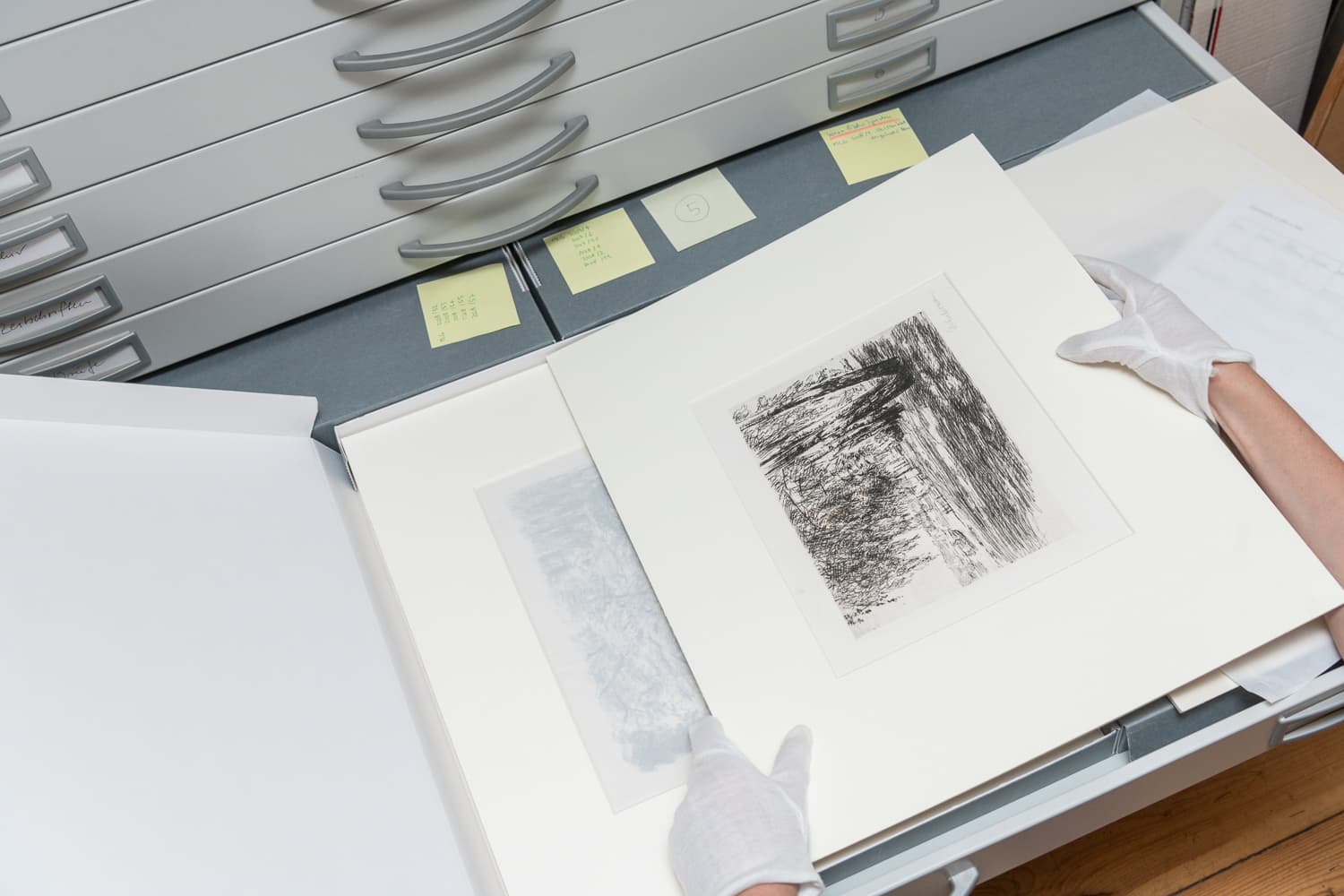
Challenges in Provenance Research
We encountered several challenges in conducting provenance research for the works exhibited here. First, there is complexity in the availability of sources, due to inaccessible archive material or dated catalogue raisonnés. Second, as works remain in private collections for decades, it can be hard to reconstruct an unbroken line of provenance. There is little information available on private collections. Data protection laws exacerbate the situation. In the art trade, sales and purchases are not made public, potentially creating extensive gaps in provenance.
Production
Texts and editing: Alice Cazzola, Viktoria Krieger
Translation: Dr. Susanne Meyer-Abich
Production: Studio Brod, Berlin
Speaker: Miriam Barnitz